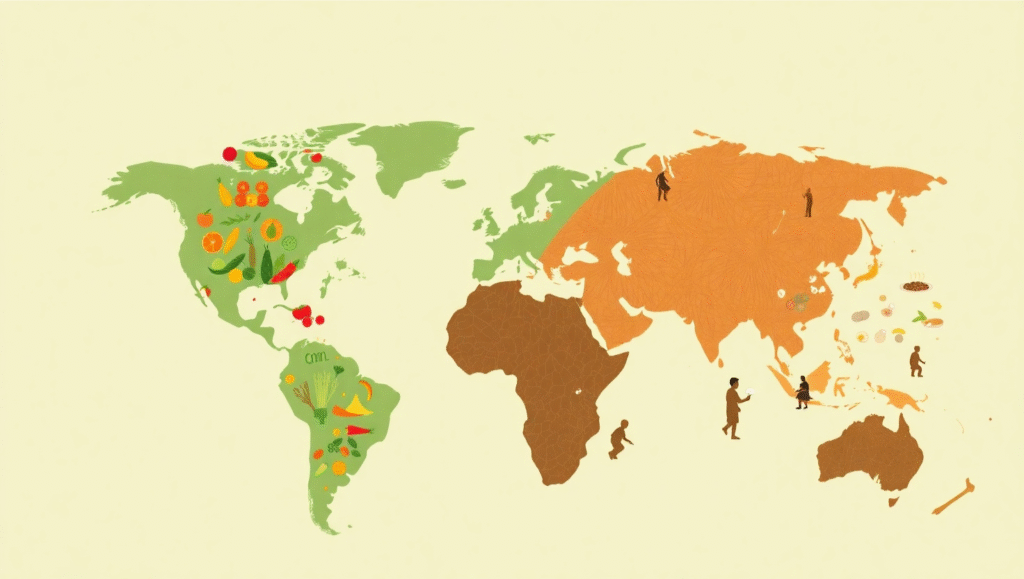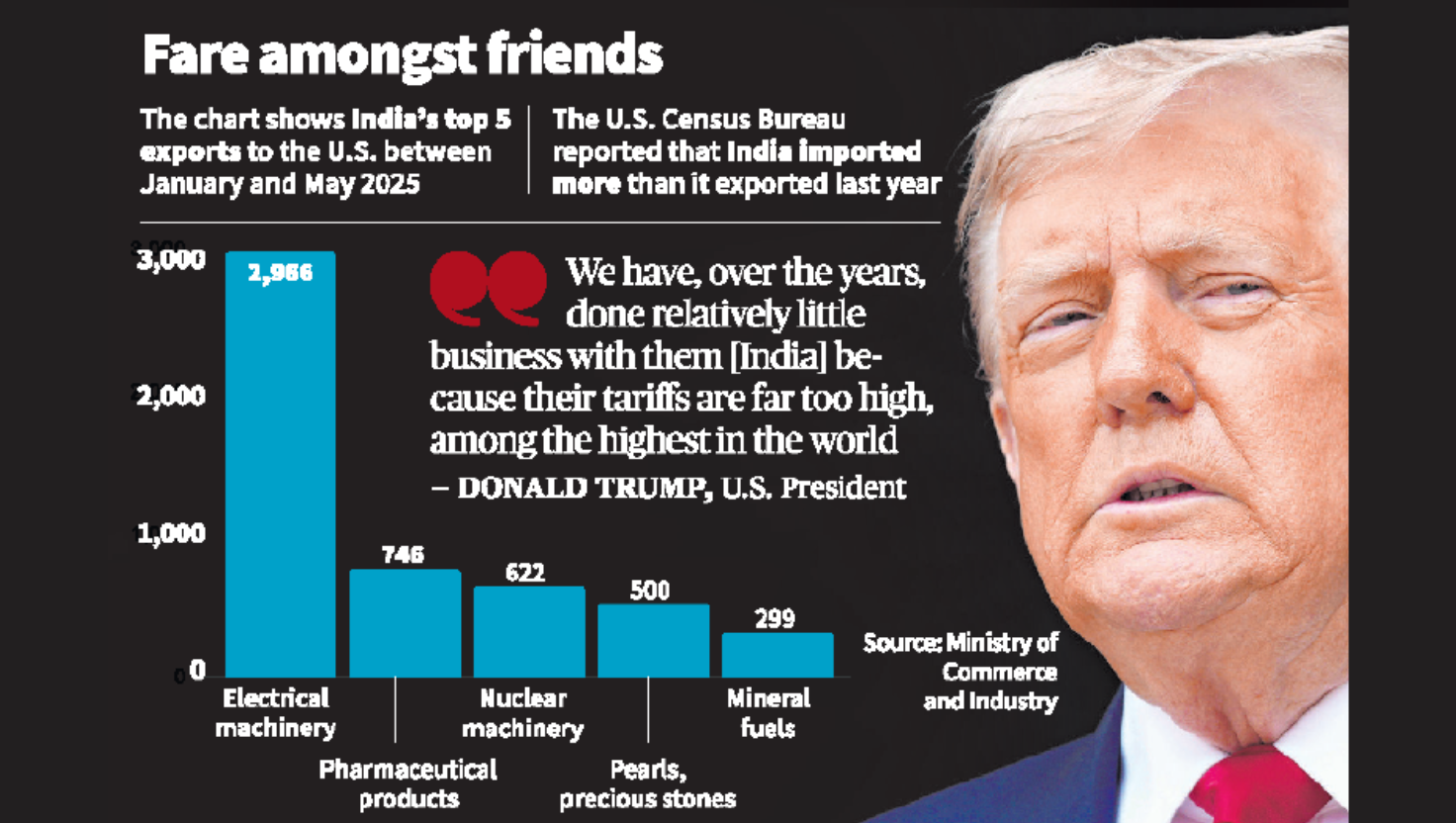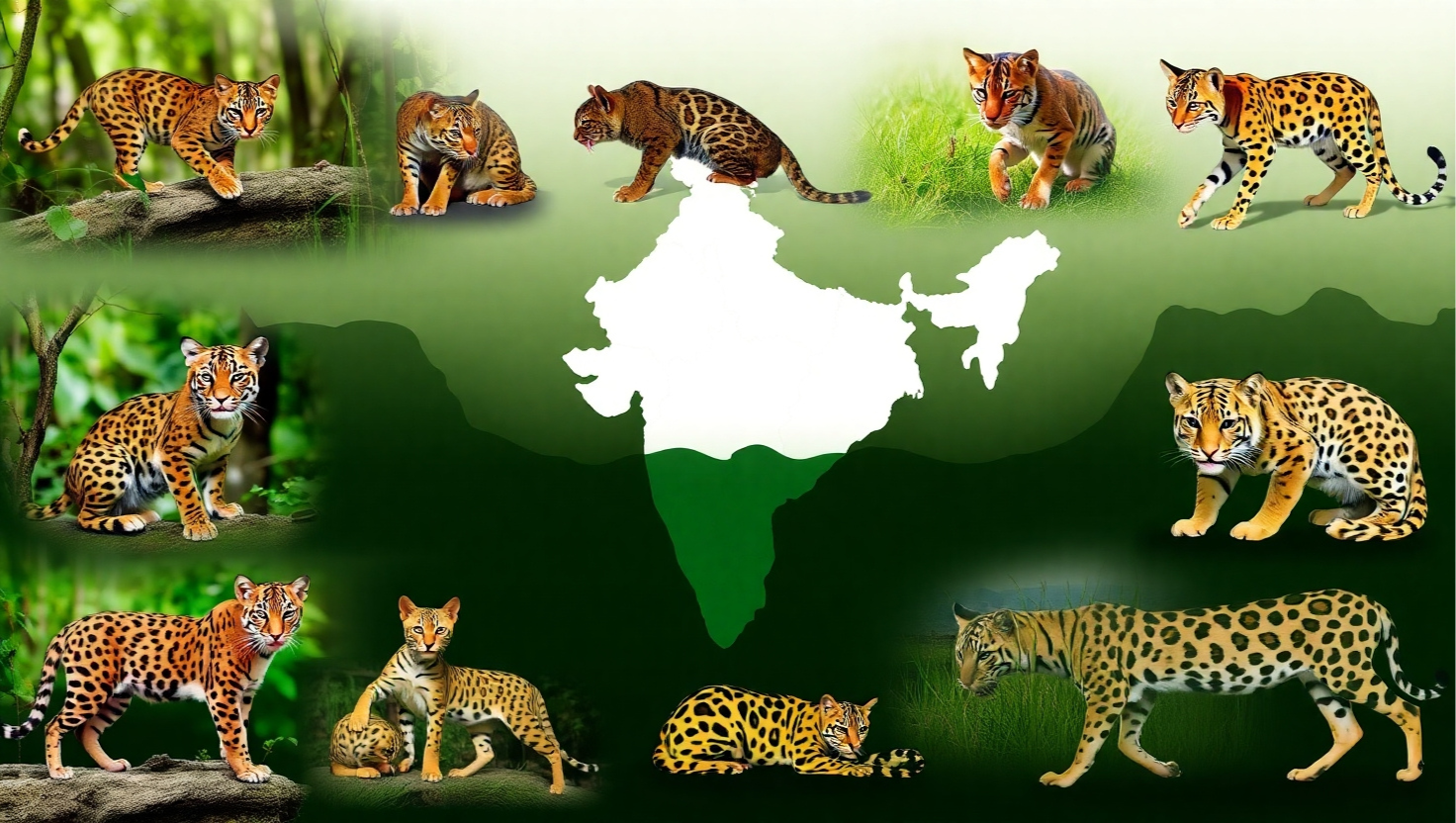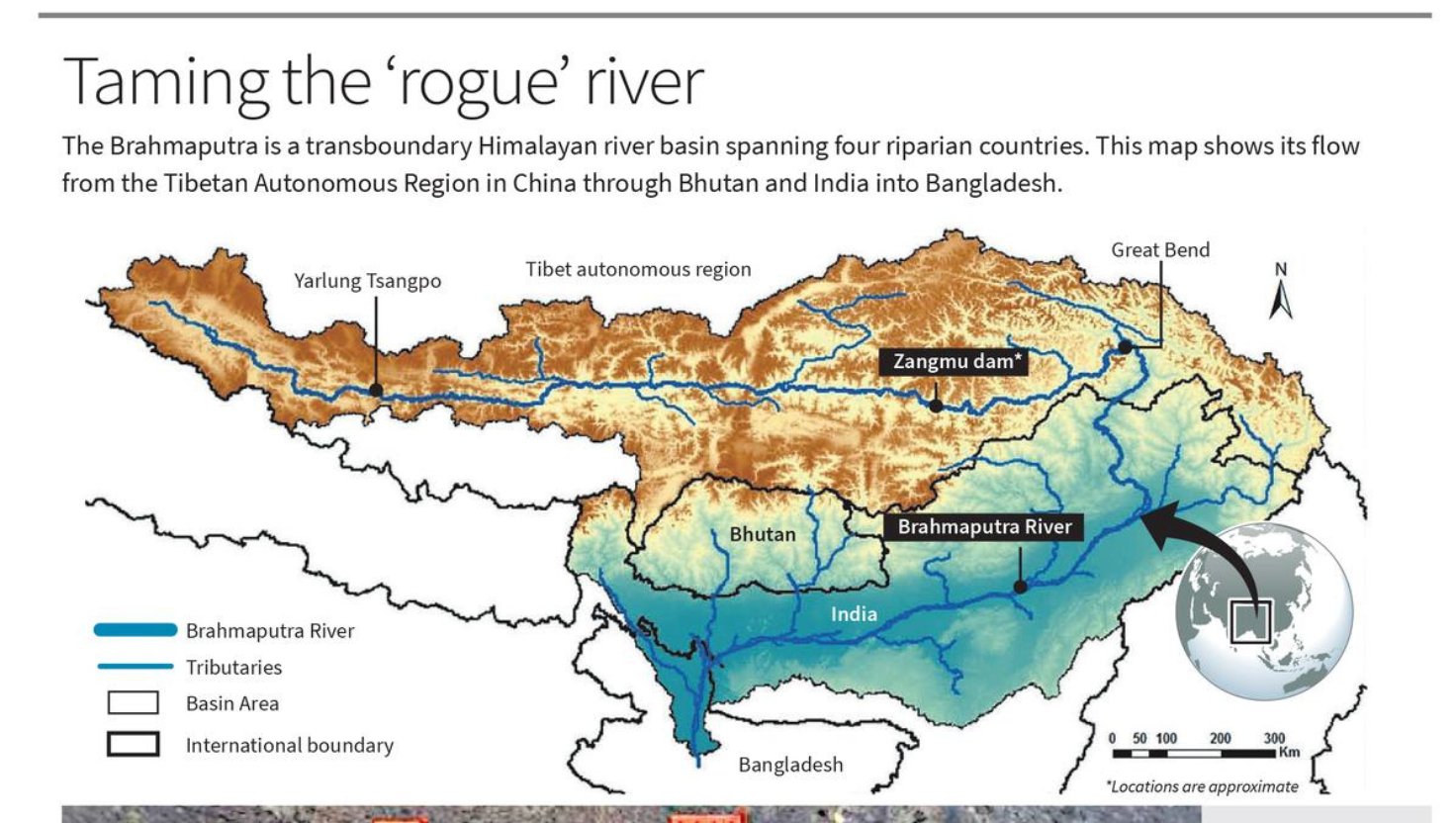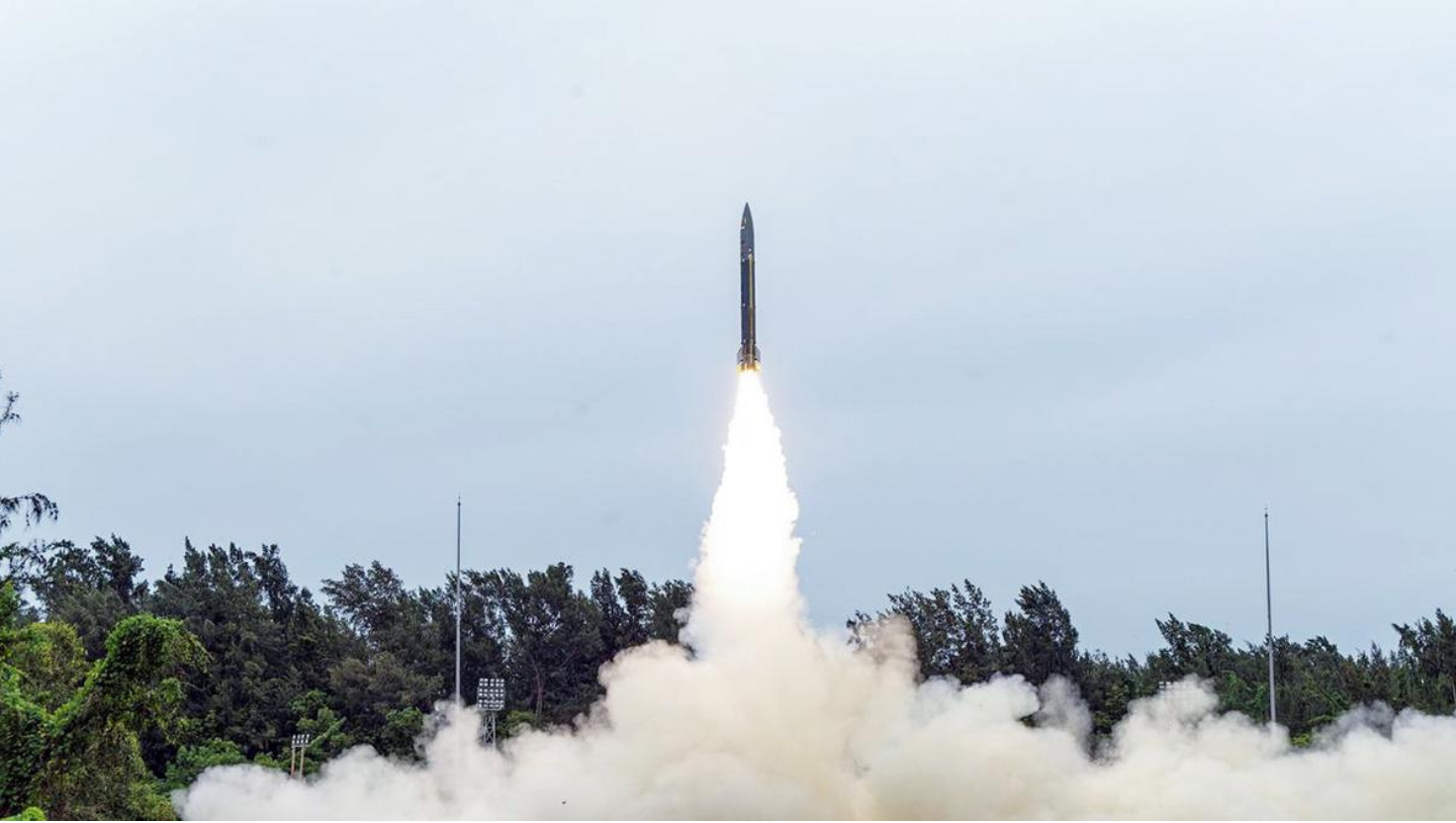State of Food and Nutrition in the World (SOFI) 2025 Report
Syllabus: Health, Food Security, International Reports ( GS II & III)
Source: World Health Organization
Context:
The 2025 edition of the UN’s State of Food and Nutrition in the World (SOFI) report reveals that 720 million people (8.2% of the global population) faced chronic hunger in 2024. The report highlights persistent global and regional challenges in achieving SDG-2 (Zero Hunger) by 2030.
About the SOFI 2025 Report:
- Published by: FAO, WFP, IFAD, WHO, and UNICEF
- Objective: Tracks global progress towards eliminating hunger and malnutrition (SDG-2).
- 2025 Focus Areas:
- Post-COVID recovery
- Affordability of nutritious food
- Regional inequalities
- Hunger projections till 2030
Key Findings:
Global Trends:
- Hunger Status: Though hunger has marginally declined from 8.7% in 2022 to 8.2% in 2024, levels remain higher than pre-COVID times.
- Food Insecurity: Around 2.3 billion people face moderate or severe food insecurity.
- Future Outlook: Hunger is projected to decline only by 65 million people by 2030 — far from achieving Zero Hunger.
- Cost of Healthy Diet: Over 3 billion people globally cannot afford a nutritious diet, leading to reliance on calorie-rich but nutrient-poor foods.
- Root Causes: Conflicts, climate change (droughts, floods), economic shocks, and inequality continue to drive food insecurity.
Regional Disparities:
- Africa: 20%+ of the population is undernourished; by 2030, 60% of the world’s hungry could be in Africa.
- Asia: Despite improvements, Asia hosts nearly half the world’s undernourished due to its large population.
- Southeast Asia & South America: Show slight improvement due to strong social protection and food policies.
India-Specific Insights:
Diet and Affordability:
- 55.6% of Indians cannot afford a healthy diet.
- 6% of the population is unable to access even basic nutritious food, despite sufficient foodgrain stocks.
Rural–Urban Divide:
- Urban areas are recovering due to rising incomes.
- Rural areas still face challenges like PDS inefficiencies and price instability.
Child Malnutrition:
- Wasting: 18.7% of children under 5 — highest globally (affecting over 21 million children).
- Stunting: 37.4 million children under 5 suffer from chronic undernutrition.
- Overweight: Increased from 2.7 million (2012) to 4.2 million (2024).
Women’s Health (Anaemia):
- 53.7% of Indian women (15–49 years) are anaemic — the highest in Asia and 4th globally.
- Anaemia cases rose from 50.1% (2022) to 53.7% (2023), affecting over 203 million women.
Hidden Hunger:
- Micronutrient deficiencies remain common due to cereal-dominated diets low in vegetables, fruits, and proteins.
Positive Developments:
- Global Gains: Slight decrease in global hunger since 2022.
- Regional Progress: Southeast Asia and Latin America show replicable best practices.
- Institutional Convergence: Collaboration among UN agencies enables multi-sectoral action.
- Tech-based Tracking: Data-driven tools improving real-time response and targeting.
Key Concerns:
- Slow Recovery: COVID-19 reversed nearly a decade of progress.
- Unequal Burden: Hunger and malnutrition are concentrated in the poorest regions.
- SDG Lag: The pace of reduction is too slow to meet the 2030 targets.
- Affordability Crisis: Rising food costs hit low-income groups hardest.
- Food Distribution: Surplus food production has not translated into equitable access.
Way Forward:
For India:
- Revamp PDS: Include millets, pulses, and locally grown nutritious foods in food distribution.
- Diversify Agriculture: Shift from rice-wheat dominance to nutrient-rich crops.
- Nutrition-Centric Policies: Promote fortified foods, dietary diversity, and awareness.
- Tackle Hidden Hunger: Focus on addressing micronutrient deficiencies in vulnerable groups.
Global Actions:
- Strengthen Food Systems: Promote climate-resilient, region-specific food security models.
- Support Africa & South Asia: Through financial aid, food assistance, and global cooperation.
- Ensure Affordability: Align food prices with income growth; address supply chain bottlenecks.
Key Stats from SOFI 2025:
| Indicator | Data |
|---|---|
| Global Hunger (2024) | 720 million |
| Projected Hungry in 2030 | 512 million (60% in Africa) |
| Food Insecurity | 2.3 billion (moderate/severe) |
| Asia’s Undernourished | 323 million |
| Africa’s Undernourished | 307 million |
| Increase since 2015 | 96 million more hungry, 683 million more food-insecure |
| Indians Unable to Afford Healthy Diet | 55.6% |
| Child Wasting (India, 2024) | 18.7% (21 million+ children) |
| Child Stunting (India) | 37.4 million |
| Overweight Children | 4.2 million (up from 2.7 million in 2012) |
| Anaemia in Women (15–49 yrs) | 53.7% (203 million) |
Conclusion:
The SOFI 2025 report is a crucial reminder of the widening gap between global hunger goals and actual progress. For India, achieving food security requires shifting focus from just availability to access, affordability, and nutrition quality. Ensuring equitable diets and combating hidden hunger must be at the heart of future policies.

